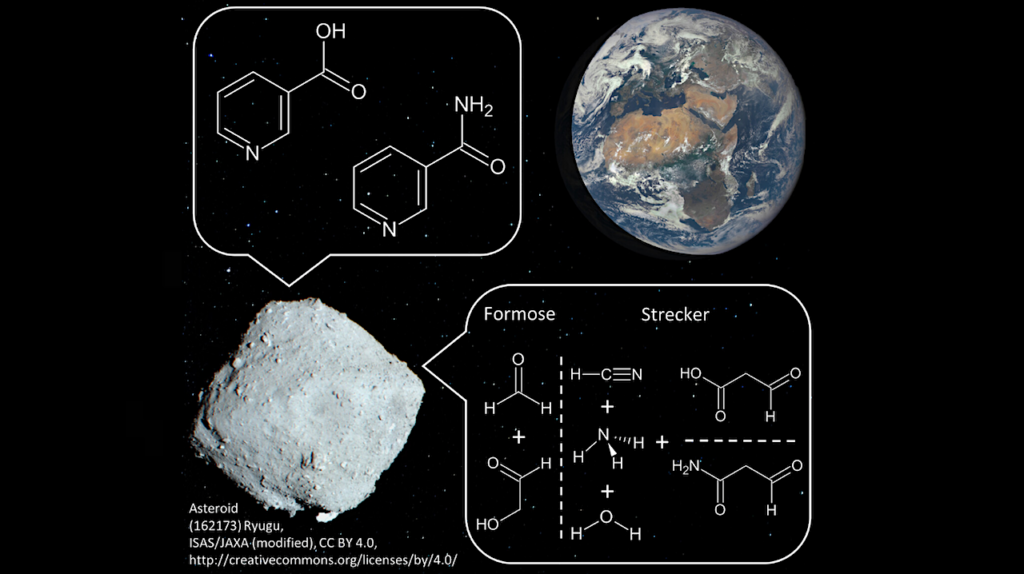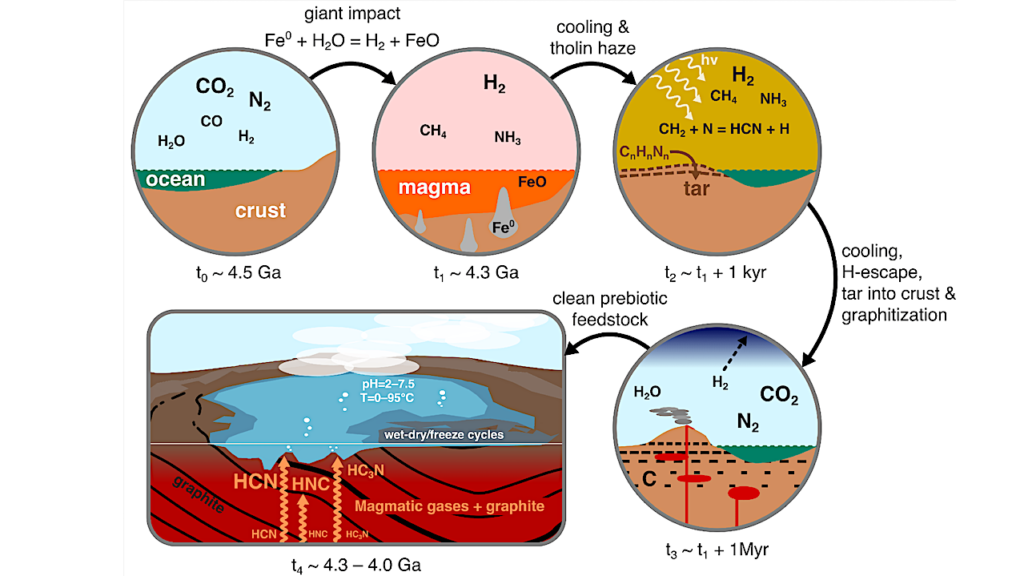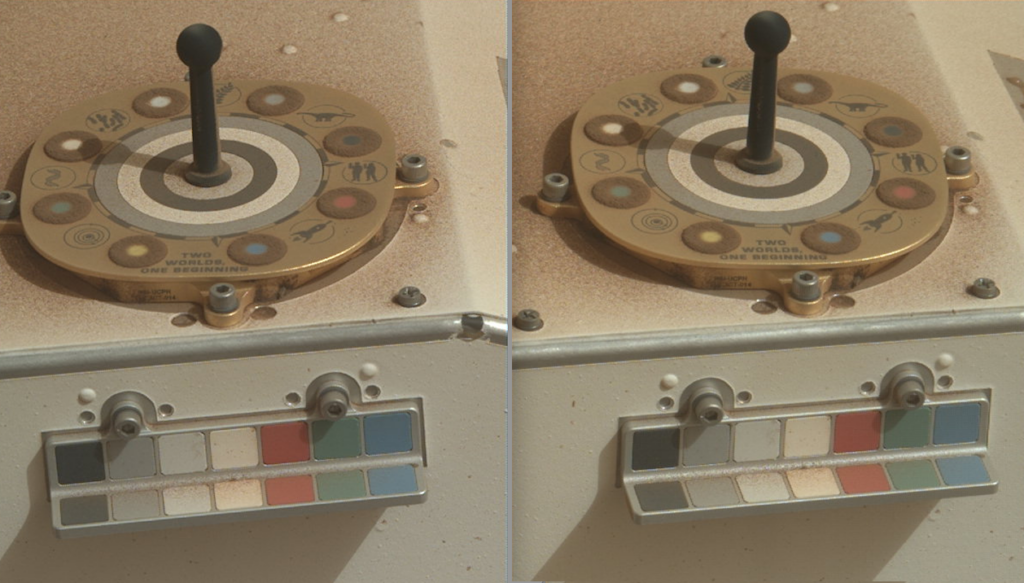Conference on Life Detection in Extraterrestrial Samples
The Conference on Life Detection in Extraterrestrial Samples will be held February 13-15, 2012, at the Scripps Institution of Oceanography, San Diego, California.
Purpose and Scope
The return of samples from Mars was the highest-priority flagship in the U.S. Planetary Decadal Survey. It is also a key element in the European Space Agency’s (ESA) Mars Robotic Exploration Preparatory Program to prepare Europe’s contribution to the international exploration of Mars. Part of planning for a Mars sample return mission includes planning for what will happen to the samples after they have returned to Earth. One of the major scientific questions that will be asked in the analysis of returned martian samples is whether they contain indications of past or present martian life. In addition, international guidelines and agency policies dictate that Mars samples must be subjected to a program of life detection and biohazard analysis before they can be released from strict containment, to protect the environment of the Earth. A better understanding of current and possible investigation strategies and capabilities, including controls and measurements related to life detection in returned martian samples, is important to address both these concerns.
An understanding of planned or possible life detection strategies and measurements has major implications for several decisions related to requirements for the 2018 sampling rover, including strategies and requirements for avoiding contamination of the samples, and sample size needed to carry out the returned sample measurements.
Life detection strategies and capabilities are relevant to a range of scientific activities beyond Mars sample return, including origin of life investigations of both terrestrial and planetary materials. The search for fossils and remnants of early life on Earth benefits greatly from a variety of analytical techniques, and can inform efforts to detect life in planetary materials. Strategies and technologies for life detection can effectively be applied to meteorite studies, addressing questions regarding the organic constituents present in the early solar system as well as possibly shedding light on reports of possible life in meteorites that remain highly controversial.
For more information: http://www.lpi.usra.edu/meetings/lifedetection2012/








